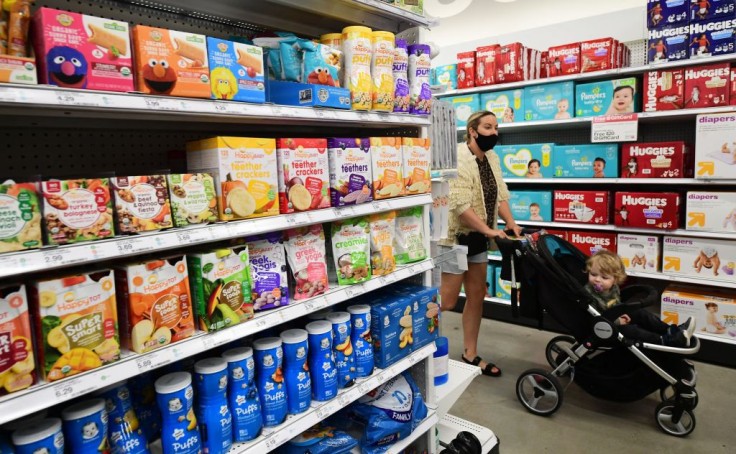
Lead levels in baby food now have new standardized guidelines that must be followed by food manufacturers.
The Food and Drug Administration (FDA) has issued a version of new guidelines to assist in the reduction of lead levels in processed meals that are intended for children under the age of 2.
This campaign is a component of a larger project known as "Closer to Zero," the goal of which is to reduce the number of heavy metals found in food.
Lead Levels in Baby Food
According to Healthline, the FDA has taken a step towards protecting the health of babies and young children by releasing draft guidelines for the food industry on how to lower the levels of lead in processed foods intended for that age group.
The guidelines, which are not legally binding, provide recommendations for food manufacturers and processors on how to minimize lead contamination during the growing, harvesting, packaging, and manufacturing processes.
This move comes as part of a broader effort by the FDA called "Closer to Zero," which aims to reduce the presence of lead in food to the lowest possible levels.
The FDA recognizes that even low levels of lead can be harmful to infants and young children and therefore is taking proactive measures to protect their health and well-being.
Lead is a toxic heavy metal that can be harmful to human health, especially for young children. High levels of lead in the blood can cause developmental delays, learning difficulties, and behavioral problems. In extreme cases, lead exposure can lead to seizures, comas, and even death.
Lead can be found in a variety of sources, including old paint, contaminated soil, and certain types of food.
Parents and caretakers who are worried should know that, as per the Healthy Children Organization, the American Academy of Pediatrics (AAP) has provided parents with a number of suggestions on how to minimize children's exposure to heavy metals, such as lead, in their daily lives.
Some of the tips include promoting a diverse and balanced diet, carefully checking the ingredients and nutritional information on food labels, switching to different types of infant cereal, and testing the water supply for any presence of heavy metals.
By following these recommendations, parents can take proactive steps to protect their children's health and reduce their exposure to these harmful substances.
The New Standards in Lead Levels
As reported by NPR, new guidelines set a limit of 10 parts per billion of lead in fruits, vegetables, and meats packaged in baby food jars, pouches, tubs, and boxes. For dry cereals, the target is set at 20 parts per billion.
The FDA estimates that these guidelines, if implemented, could lead to a decrease of 24 to 27% in exposure to lead, leading to a long-term, meaningful, and sustainable reduction in exposure to this harmful contaminant in these foods.
When it comes to baby food, the main concern is that some baby food products may contain lead as a result of contamination.
It is also important for parents to be aware of the potential risks associated with lead exposure and to take steps to minimize their child's exposure, such as choosing baby foods with lower lead levels and consulting with their pediatrician if they have concerns about lead exposure.
Related Article: More Students Getting Hungry as School Lunch Debt Piles Up